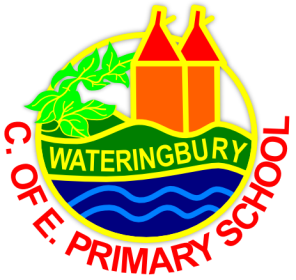Art & Design
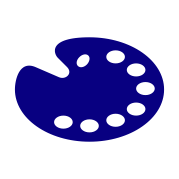
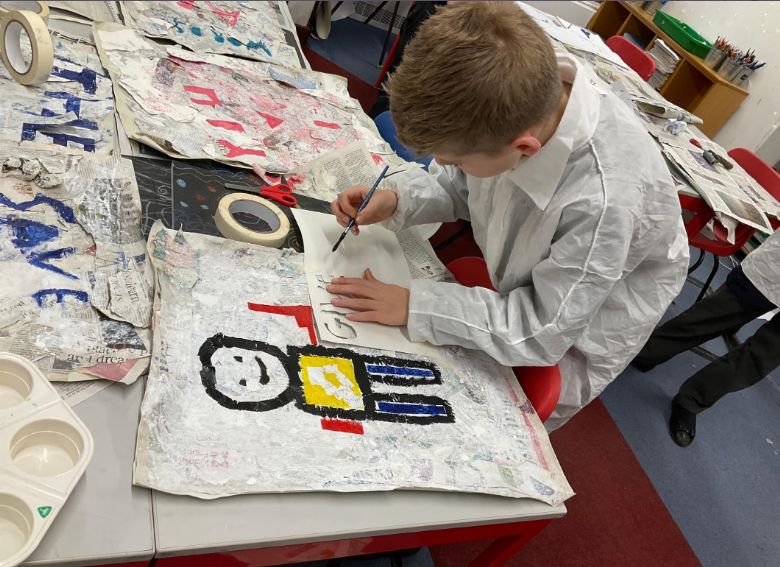
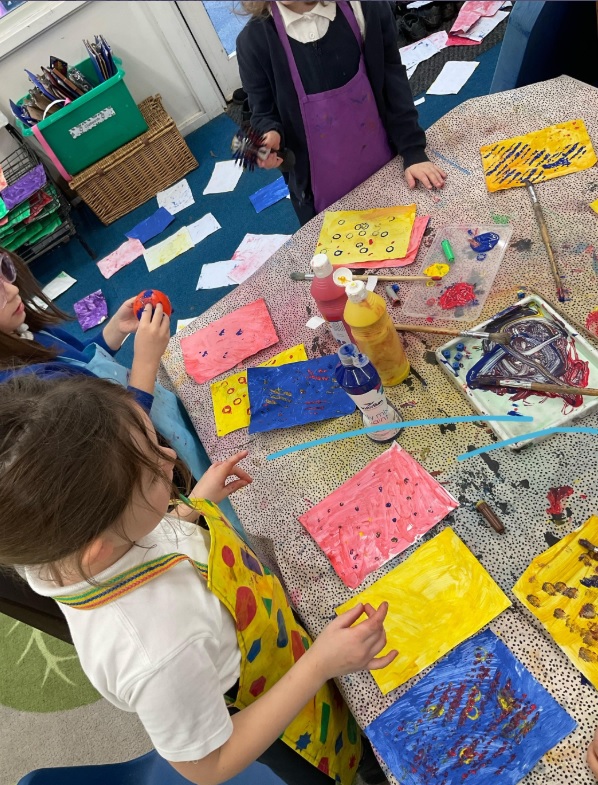
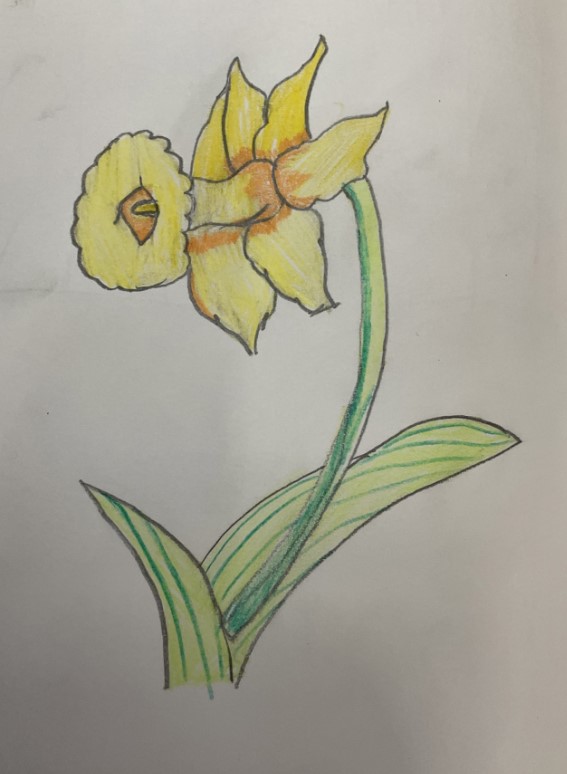
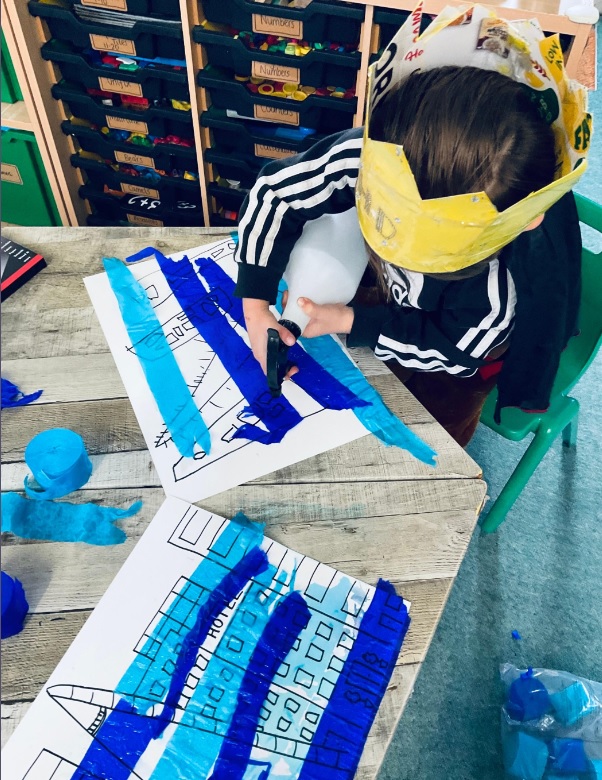
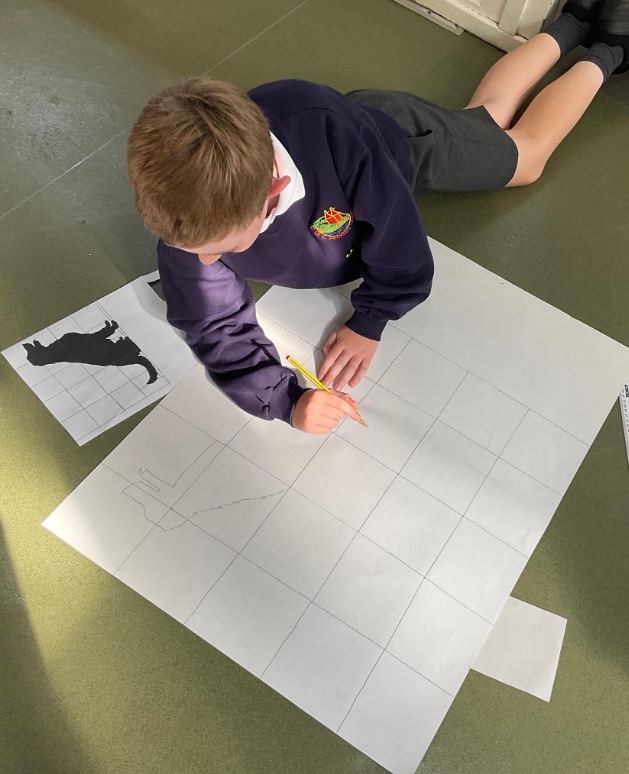
INTENT
The National Curriculum for Art and Design aims to ensure that all pupils:
- Produce creative work, explore their ideas and record their experiences.
- Become proficient in drawing, painting, sculpture and other art, craft and design techniques.
- Evaluate and analyse creative works using the language of art, craft and design.
- Know about great artists, craft makers and designers, and understand the historical and cultural development of their art forms within a wider social and historical context.
At Wateringbury CE Primary School we aim to develop pupils’ skills and knowledge, so that they leave our school with creativity and confidence. They should also know how art and design both reflect and shape our history, and contribute to the culture, creativity and wealth of our world.
A high-quality art and design education should engage, inspire and challenge pupils, equipping them with the knowledge and skills to experiment, invent and create their own works of art, craft and design.
At Wateringbury we aim to ensure that all pupils:
- produce creative work, exploring their ideas and recording their experiences
- become proficient in drawing, painting, sculpture and other art, craft and design techniques
- evaluate and analyse creative works using the language of art, craft and design
- know about great artists, craft makers and designers, and understand the historical and cultural development of their art forms.
IMPLEMENTATION
At Wateringbury, our Art and Design lessons are taught over a number of weeks to allow children to acquire a wealth of substantive knowledge as well as learning and embracing unique skills. Teachers follow the Access Art ‘Split Curriculum’, which has been designed by a set of highly skilled artists, to inform the planning and delivery of rich, fulfilling, and fun lessons. The core aim is to enable creativity. We place an emphasis on encouraging exploratory journeys, working towards varied and individual outcomes. This curriculum allows us to alternate our Art and Design with Design Technology each half term.
We have combined our Key Artistic Skills into three categories so that we can ensure coverage every term across each year group. They are:
- Drawing & Sketchbooks (Drawing)
- Surface & Colour (Colour, Printing, Pattern & Texture)
- Working in Three Dimensions (3D Form)
The 10 Elements of Formal Art, are interwoven and covered across all of our art units.
In Reception, children work to:
- Develop their small motor skills so that they can use a range of tools competently, safely and confidently.
- Use their core muscle strength to achieve a good posture when sitting at a table or sitting on the floor.
- Develop overall bodystrength, balance, coordination and agility.
- Explore, use and refine a variety of artistic effects to express their ideas and feelings.
- Return to and build on their previous learning, refining ideas and developing their ability to represent them.
- Create collaboratively, sharing ideas, resources and skills.
- Hold a pencil effectively in preparation for fluent writing using the tripod grip in almost all cases.
- Use a range of small tools, including scissors, paintbrushes and cutlery.
- Begin to show accuracy and care when drawing.
- Safely use and explore a variety of materials, tools and techniques, experimenting with colour, design, texture, form and function.
- Share their creations, explaining the process they have used.
In KS1, children work to:
- To use a range of materials creatively to design and make products
- To use drawing, painting and sculpture to develop and share their ideas, experiences and imagination
- To develop a wide range of art and design techniques in using colour, pattern, texture, line, shape, form and space
- About the work of a range of artists, craft makers and designers, describing the differences and similarities between different practices and disciplines, and making links to their own work.
In KS2, children work to:
- To develop their techniques, including their control and their use of materials, with creativity, experimentation and an increasing awareness of different kinds of art, craft and design.
- To create sketch books to record their observations and use them to review and revisit ideas
- To improve their mastery of art and design techniques, including drawing, painting and sculpture with a range of materials
- Learn about great artists, architects and designers in history
Each child has complete ownership of a sketchbook to record and revise thoughts and ideas. The sketchbook is a way to record the creative journey each half term and also to show progression through the year groups. Teachers understand the need to allow time for practise and application of the skills and processes learnt, so that by the end of each key stage every child is confident in their understanding.
IMPACT
At Wateringbury, we want children to leave school full of creativity and imagination. Pupils at our school look forward to Art lessons. They thoroughly enjoy being creative and exploring their artistic capabilities. Children are proud of their work and because they build upon their creative confidence year on year, they enjoy discussing their work. Our pupils relish learning about new art media, putting it to use and finding out what visual wonders they can create.
As pupils progress, they become increasingly able to think critically and develop a more rigorous understanding of art and design, which means that they can leave primary school and continue their learning with confidence.
